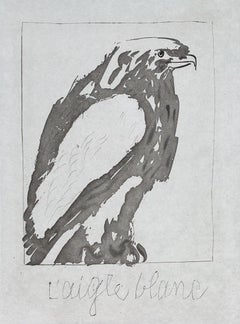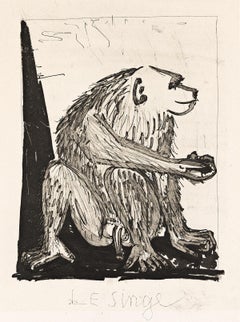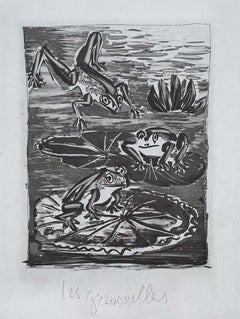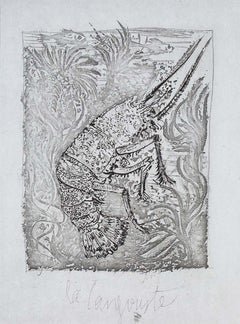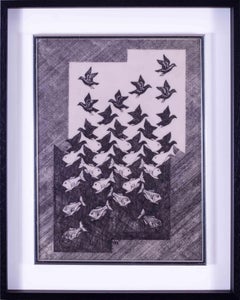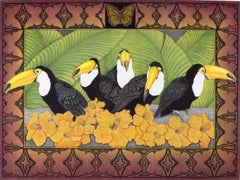Etching Animal Prints
20th Century Modern Etching Animal Prints
Drypoint, Aquatint
1930s Modern Etching Animal Prints
Drypoint, Aquatint, Etching
20th Century Modern Etching Animal Prints
Drypoint, Aquatint
20th Century Modern Etching Animal Prints
Drypoint, Aquatint
20th Century Modern Etching Animal Prints
Drypoint, Aquatint
20th Century Modern Etching Animal Prints
Drypoint, Aquatint
20th Century Modern Etching Animal Prints
Aquatint, Drypoint
20th Century Modern Etching Animal Prints
Aquatint, Drypoint
20th Century Modern Etching Animal Prints
Aquatint, Drypoint
1940s Cubist Etching Animal Prints
Etching, Paper
20th Century Modern Etching Animal Prints
Drypoint, Aquatint
20th Century Modern Etching Animal Prints
Aquatint, Drypoint
20th Century Modern Etching Animal Prints
Drypoint, Aquatint
20th Century Modern Etching Animal Prints
Aquatint, Drypoint
20th Century Modern Etching Animal Prints
Drypoint, Aquatint
20th Century Modern Etching Animal Prints
Drypoint, Aquatint
20th Century Modern Etching Animal Prints
Aquatint, Drypoint
20th Century Modern Etching Animal Prints
Drypoint, Aquatint
20th Century Modern Etching Animal Prints
Aquatint, Drypoint
20th Century Modern Etching Animal Prints
Drypoint, Aquatint
1950s Etching Animal Prints
Aquatint
1930s Cubist Etching Animal Prints
Drypoint, Paper, Aquatint, Engraving
1950s Etching Animal Prints
Aquatint
1940s Minimalist Etching Animal Prints
Etching
20th Century Other Art Style Etching Animal Prints
Engraving
Late 20th Century Contemporary Etching Animal Prints
Drypoint, Mezzotint, Aquatint
1910s Modern Etching Animal Prints
Drypoint, Etching
Early 1900s Impressionist Etching Animal Prints
Drypoint, Etching, Aquatint
1970s Surrealist Etching Animal Prints
Drypoint, Aquatint
1980s Abstract Etching Animal Prints
Etching
1950s Abstract Etching Animal Prints
Laid Paper, Engraving, Pencil
1980s Modern Etching Animal Prints
Lithograph
1920s Modern Etching Animal Prints
Drypoint, Etching
1970s Surrealist Etching Animal Prints
Drypoint, Aquatint
1980s Pop Art Etching Animal Prints
Mixed Media, Etching, Aquatint, Pencil, Graphite
1980s Pop Art Etching Animal Prints
Pencil, Graphite, Ink, Aquatint, Etching
1940s Cubist Etching Animal Prints
Etching, Paper
20th Century Abstract Etching Animal Prints
Etching, Lithograph
1950s Cubist Etching Animal Prints
Aquatint
1970s Cubist Etching Animal Prints
Etching, Aquatint
1950s Modern Etching Animal Prints
Aquatint
1950s Modern Etching Animal Prints
Aquatint
1950s Modern Etching Animal Prints
Aquatint
1930s Modern Etching Animal Prints
Aquatint
1950s Abstract Etching Animal Prints
Aquatint
1950s Etching Animal Prints
Aquatint
1950s Etching Animal Prints
Aquatint
1950s Etching Animal Prints
Aquatint
